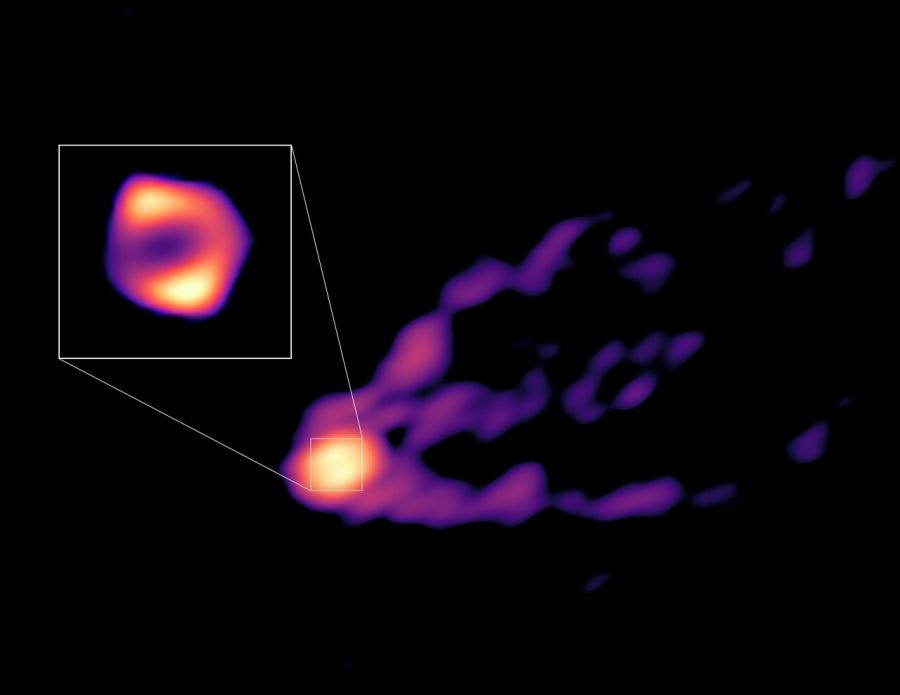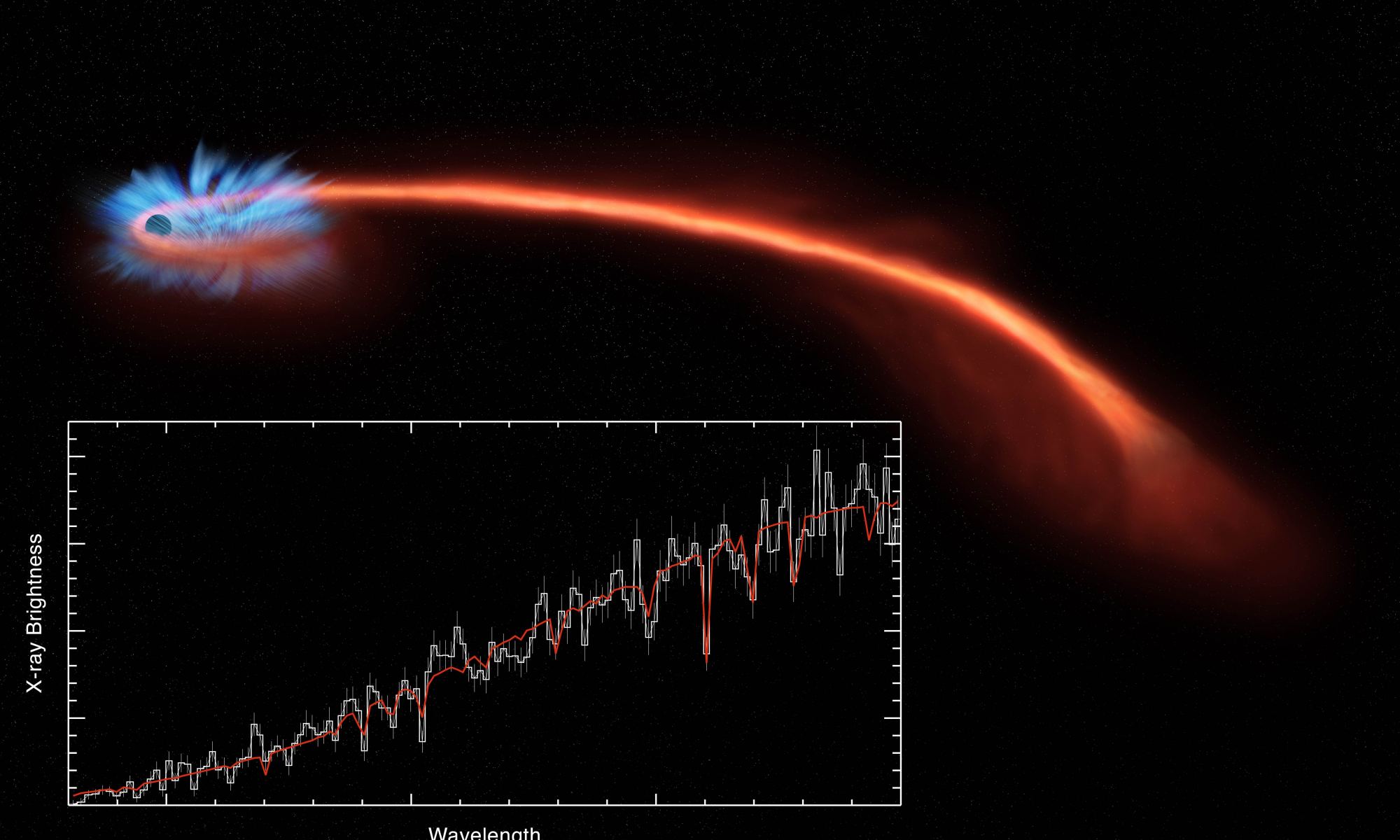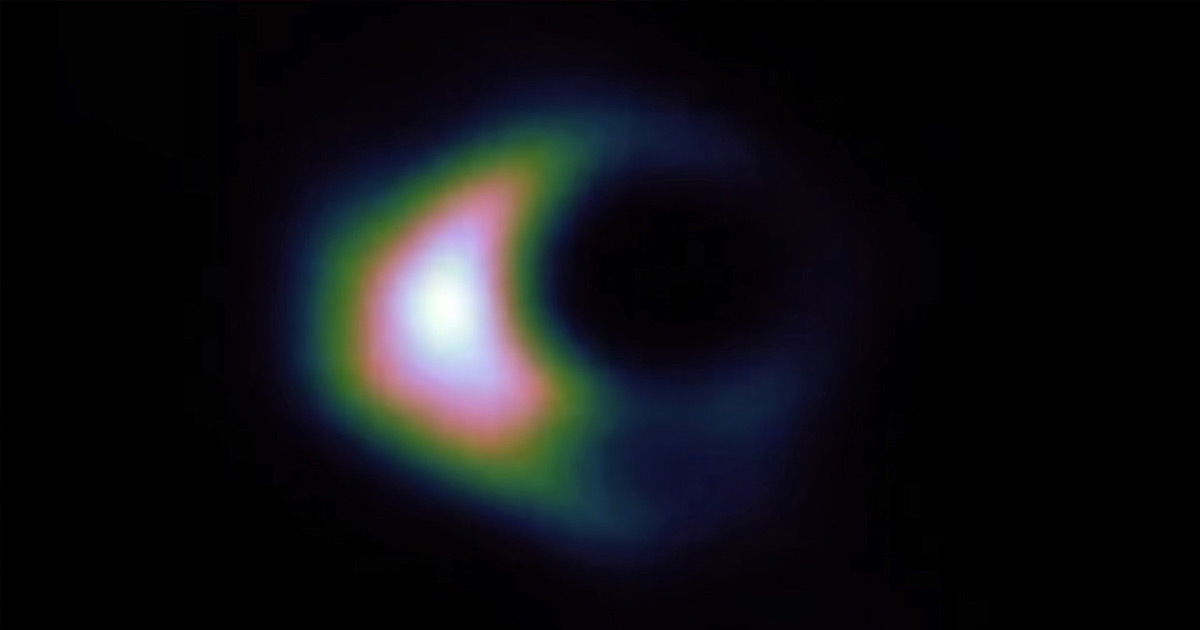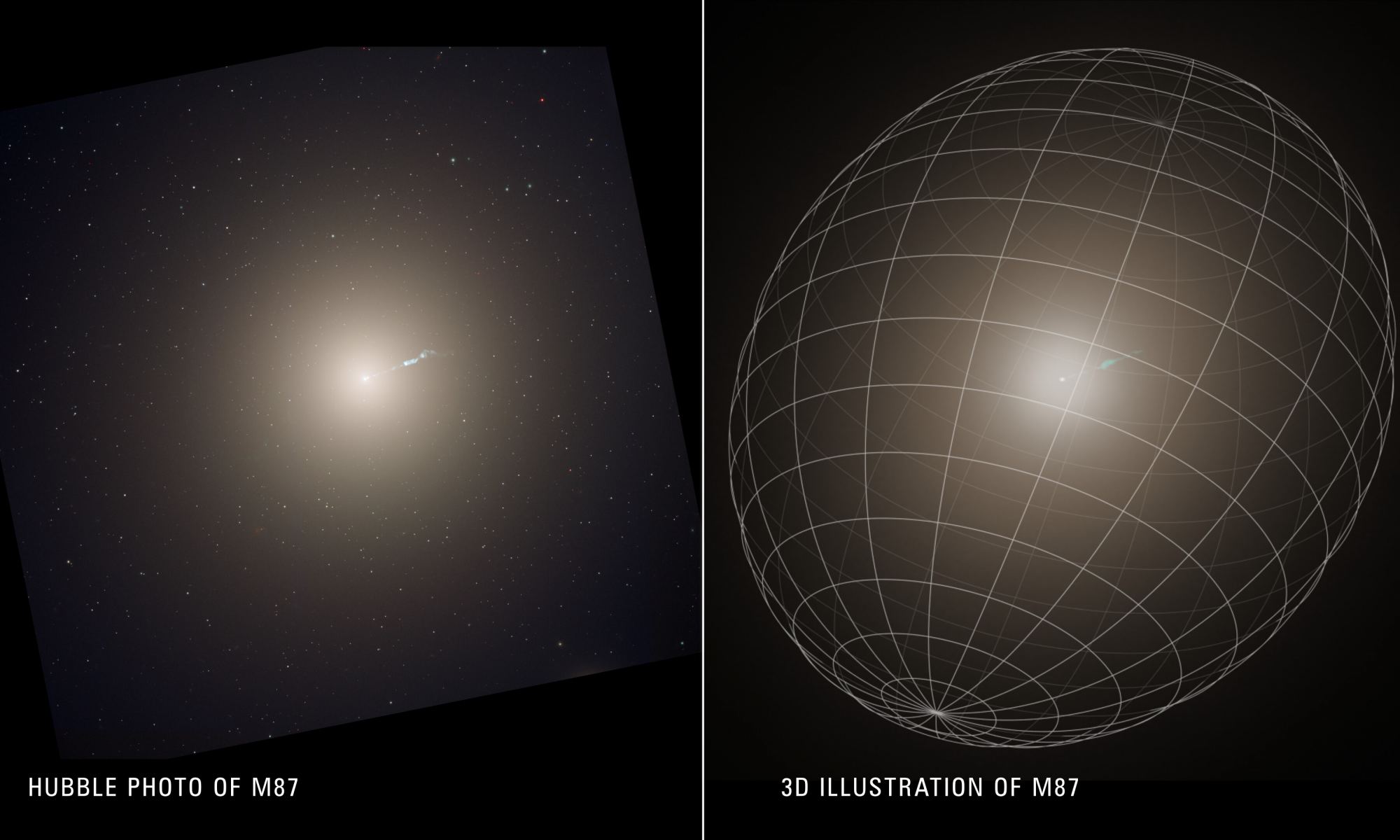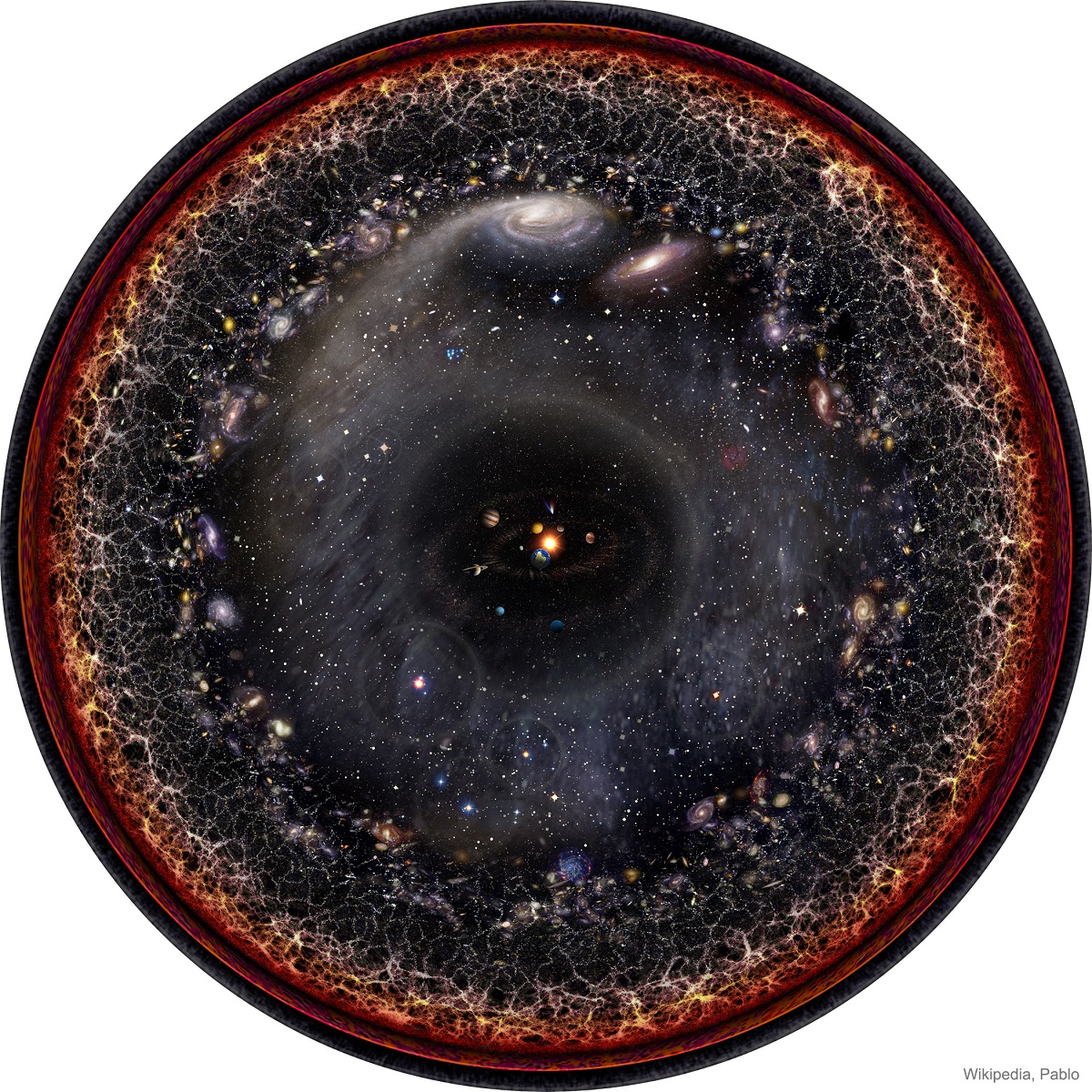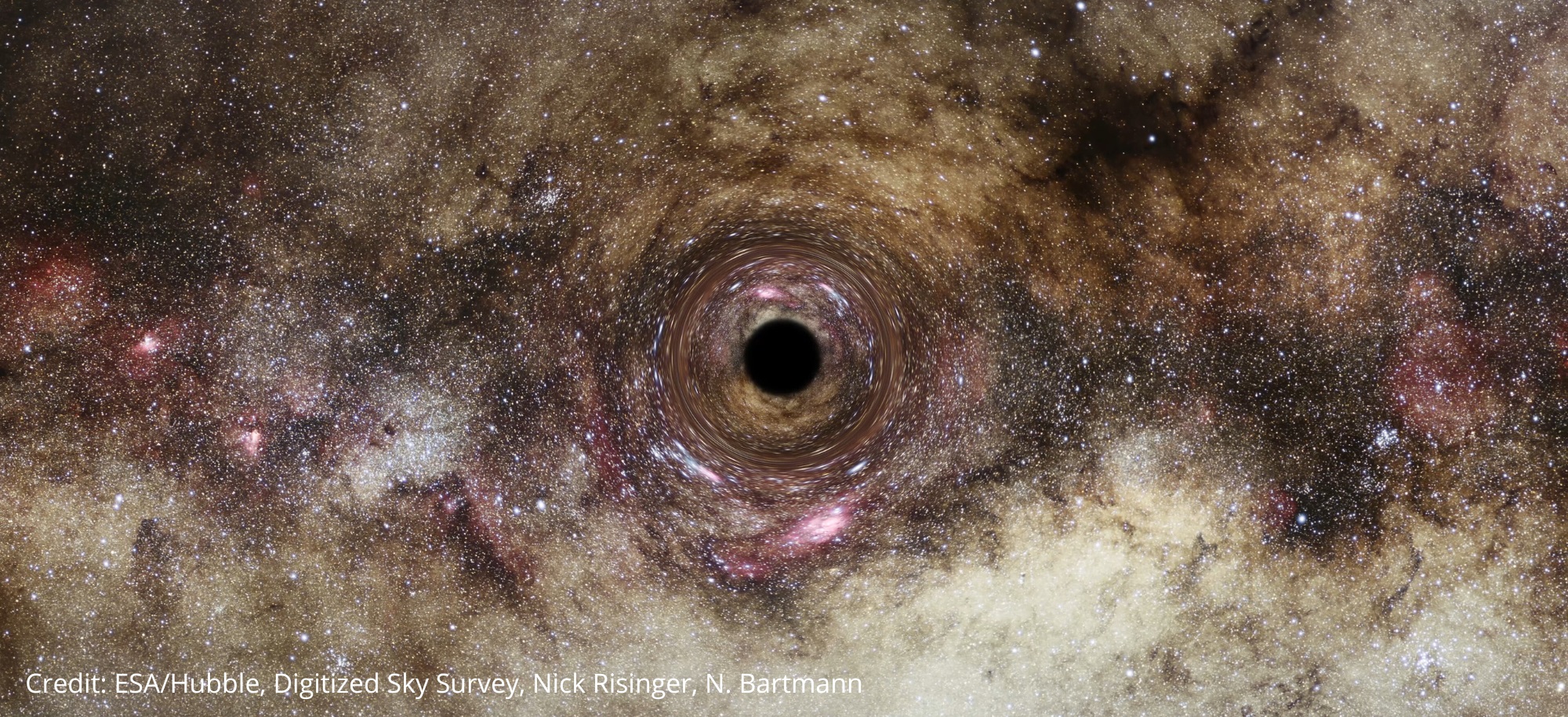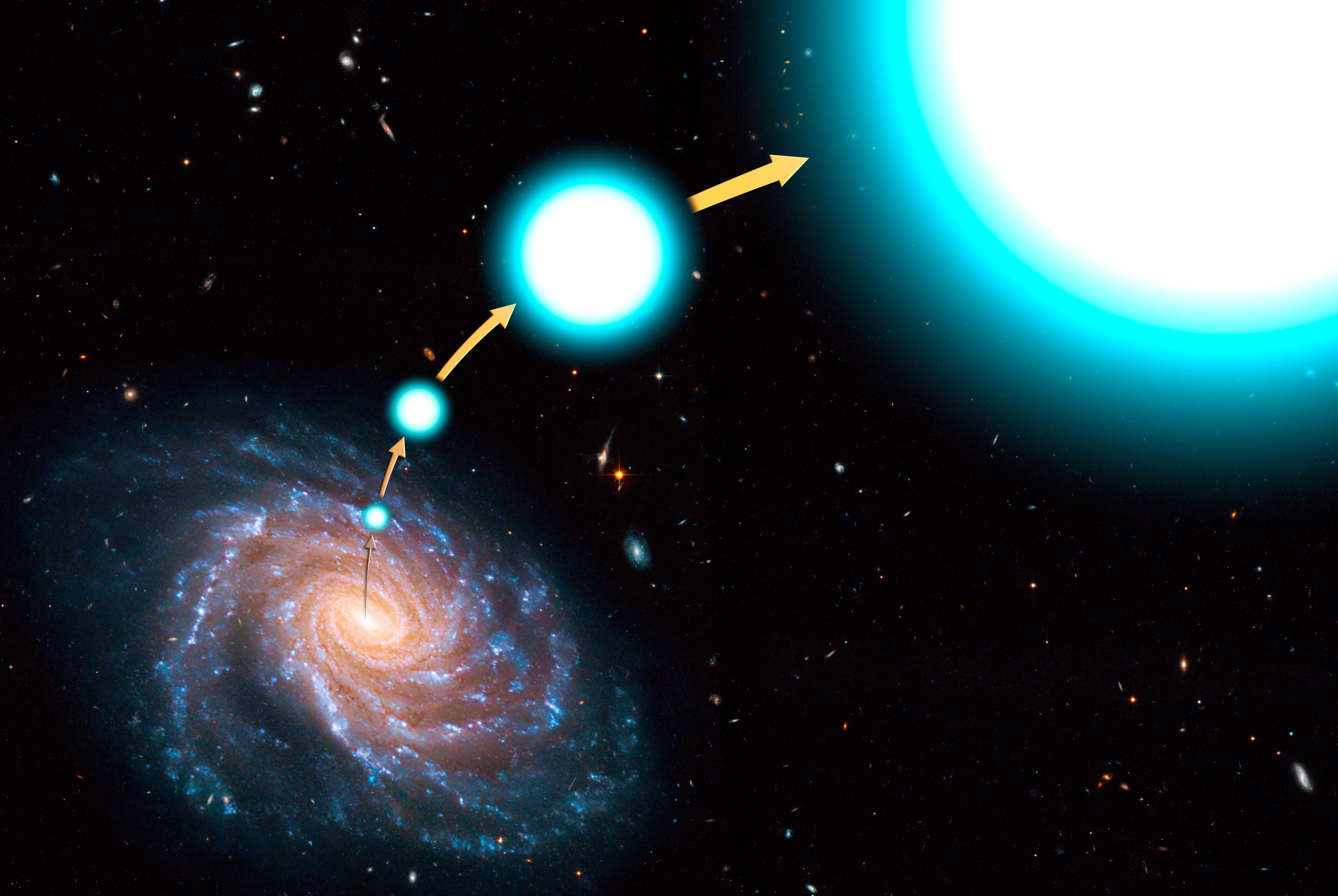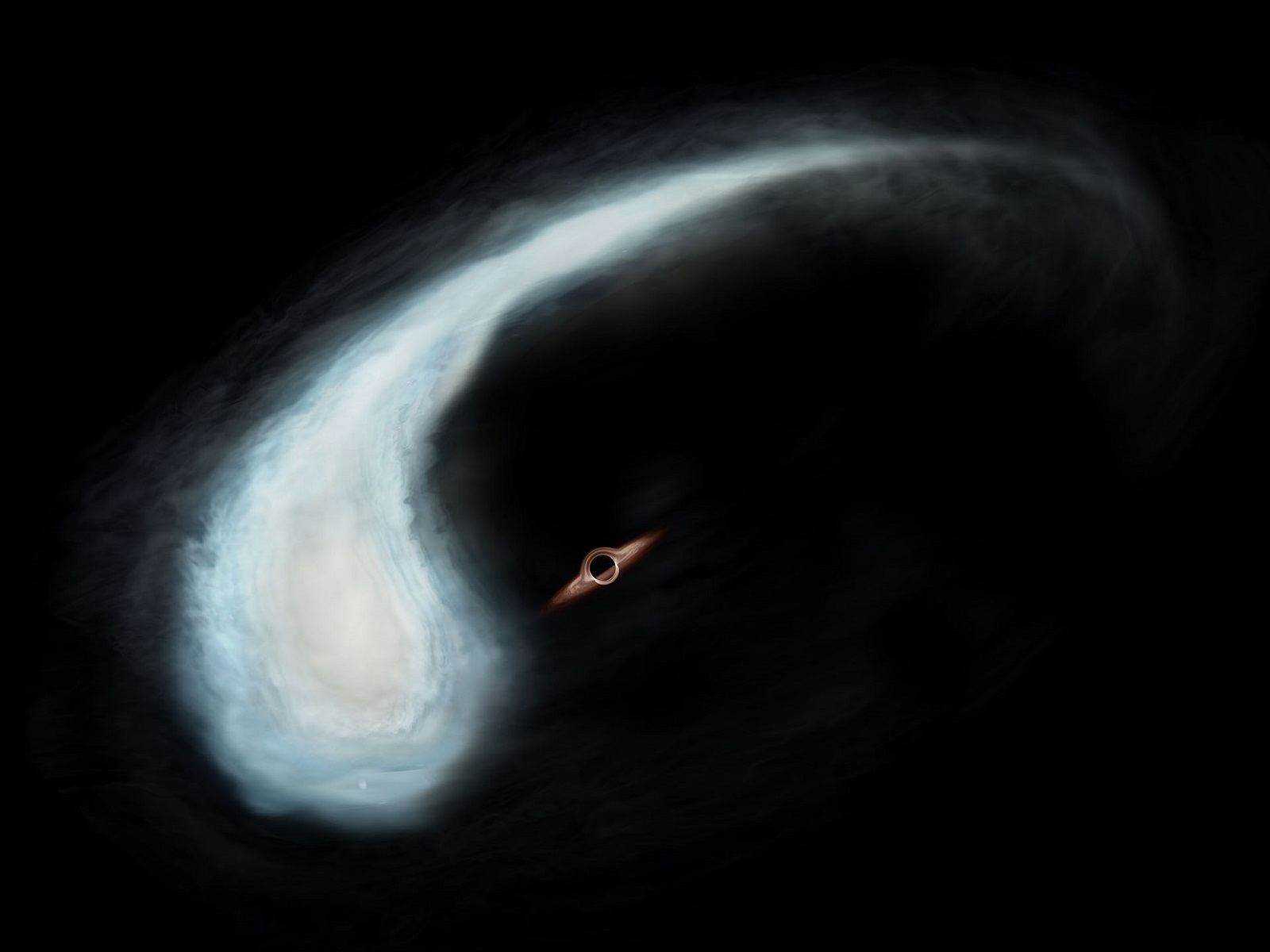Close-orbiting binaries are a ticking time bomb. Over time they spiral ever closer to each other until they merge in a cataclysmic explosion such as a supernova. But in the middle of their story, things can get interesting. Some stars collapse into a white dwarf before merging with their partner, others edge so close to each other that their surfaces touch for a time, becoming contact binaries before finally colliding. But one newly discovered binary system will have a wild ride before its final demise.
Continue reading “These Stars are Already Merging, but Their Future Will Be Catastrophic”These Stars are Already Merging, but Their Future Will Be Catastrophic


